February 11, 2025 | 14:11 GMT +7
February 11, 2025 | 14:11 GMT +7
Hotline: 0913.378.918
February 11, 2025 | 14:11 GMT +7
Hotline: 0913.378.918
Spare ground in livestock development, especially in high-tech animal husbandry, in Thanh Hoa province is still very large. However, choosing this direction still faces many difficulties. Around this issue, reporters from Vietnam Agriculture Newspaper had an interview with Mr. Cao Van Cuong, Provincial Commissioner and Director of the Thanh Hoa Department of Agriculture and Rural Development.
Sir, the Resolutions of the Central Government and Thanh Hoa province both mention the role of agriculture in local economic and social development, especially the formation of large-scale high-tech agricultural production. So, how has Thanh Hoa province been realizing these resolutions in the livestock industry, sir?
Thanh Hoa is becoming a leader in attracting businesses to invest in the high-tech livestock field in the North Central region. Since 2020, Thanh Hoa province has called for and attracted 36 large-scale livestock projects, with a total investment of over VND 17,000 billion.
Currently, Thanh Hoa province has planned to develop large-scale concentrated livestock areas with high-tech applications. Up to now, the whole province has 47 concentrated livestock farm zones and clusters. Concentrated livestock areas in the province are formed and developed in accordance with regional planning and local advantages.
The whole province has 72 enterprises operating in the large-scale livestock field, such as C.P., CJ, Japfa Comfeed, Golden, Mavin, and Newhope, forming a livestock chain in the form of processing, which is bringing high efficiency to farmers when participating in the linkage chain.
A very good thing is that the annual growth rate of the livestock industry in the period 2021–2023 is estimated to reach 5.7%, higher than the planned target of 5%. Of which, in the first nine months of 2023, despite many difficulties and challenges, the growth rate of the province’s entire livestock industry still reached 5.9%; the main livestock products increased quite well and did not let dangerous infectious disease epidemics occur in livestock and poultry herds.
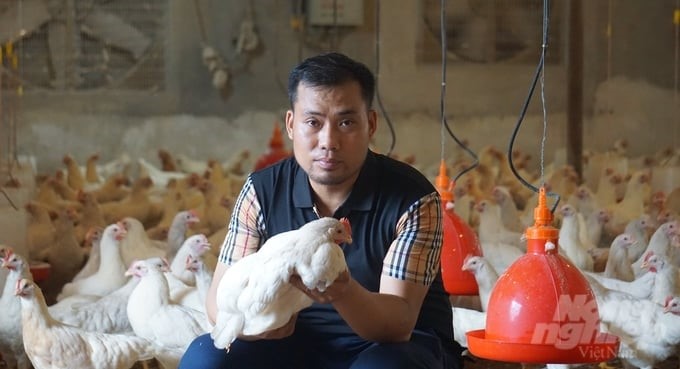
Large-scale livestock farming in the direction of biosafety is helping many people become well-off. Photo: Quoc Toan.
Thanh Hoa is becoming a destination for high-tech investors. According to you, what makes the locality so attractive to investors in this field, sir?
Thanh Hoa is a province in the North Central region with a particularly important strategic position in terms of economy, society, defense, and security. Besides, Thanh Hoa province also has land potential, well meeting the needs of agricultural development. In particular, the province's transportation system is invested in synchronously, ensuring inter-regional and inter-local connectivity.
On the other hand, in recent years, local authorities have paid great attention to land clearance and administration reform and focused on promptly removing difficulties and obstacles for businesses during the process of implementing livestock investment projects in the province.
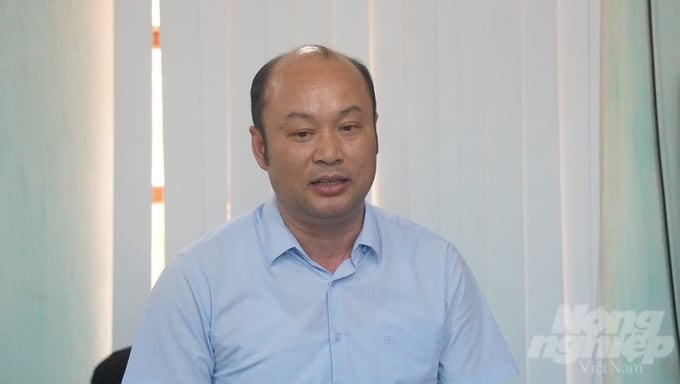
Mr. Cao Van Cuong, Director of the Thanh Hoa Department of Agriculture and Rural Development. Photo: Quoc Toan.
The Provincial Party Committee and Provincial People's Council have issued resolutions on large-scale, high-tech agricultural development with a long-term vision. In addition, the province's mechanisms, policies, and directions are always issued promptly, closely following reality, and timely overcoming difficulties and obstacles for investors during the process of implementing projects in the province.
Recently, Xuan Thien Thanh Hoa JSC proposed the bold idea of building apartment houses to raise pigs. How do you evaluate this topic, sir?
Xuan Thien Group has been approved by the Provincial People's Committee to invest in five high-tech livestock projects. Currently, the Xuan Thien high-tech production and livestock complex has completed 96% of phase 1 construction items and is in trial operation for pig farming activities.
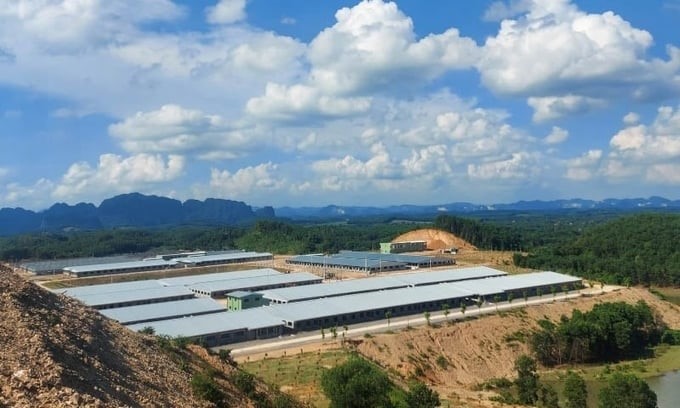
High-tech livestock project of Xuan Thien Group in Thanh Hoa. Photo: Quoc Toan.
Currently, the Group proposes a plan to raise pigs in high-rise buildings for Xuan Thien 2 and 3 projects. This is a plan for new-type pig farming, applying scientific and technological advances to improve the quality of pig farming, increase land use efficiency, and manage the environment and diseases in livestock farming.
The Department of Agriculture and Rural Development acknowledged the advantages of the proposed plan and the application of new scientific and technical advances to livestock production. However, currently there are no regulations, standards, industry guidelines, or temporary regulations on implementing high-tech pig farming in high-rise buildings.
Besides advantages, the Thanh Hoa livestock industry is facing common issues, such as the fact that the quantity of small slaughterhouses is still quite large; linkage chains have not been promoted; product consumption is still unstable and closely dependent on the market. In your opinion, what is the solution to overcome this situation?
When investing in Thanh Hoa, investors enjoy preferential rates and receive the best support from departments and branches at all levels in implementing investment projects according to the legal framework. The highlight is the content of supporting infrastructure for concentrated livestock farms, with a support level of VND 2 billion/area for the lowland areas and VND 3 billion/area for the mountainous areas. In 2022, the province provided infrastructure support for four farm areas, with a total support budget of VND 8 billion.
In recent times, Thanh Hoa province has strongly improved the business investment environment and attracted enterprises to participate in slaughtering and processing livestock and poultry. The province has also attracted investment and called on corporations and enterprises to invest in concentrated livestock and poultry processing facilities in the province to ensure disease safety, food safety, and the consumption of output products for farmers.
Domestic enterprises have been investing in building large-scale livestock projects associated with processing or slaughter factories and orienting to export livestock products in Thanh Hoa, typically such as Vinamilk, TH True Milk, Dabaco, Phu Gia Agricultural Products, and 3FViet.
The province also promotes livestock development towards concentrated farms, applying high technology along the value chain; continues to expand livestock farming, applying good agricultural practices VietGAHP; and encourages the organization of closed livestock production and linkages between stages in the value chain to cut costs, increase efficiency, and add value. Strengthen the construction of disease-free zones so that businesses can develop raw material areas.
In 2023, diseases are forecasted to still have complicated developments, so what solutions does the agriculture sector in general and the livestock industry in particular have to prevent diseases and develop livestock in a sustainable way?
The province's livestock industry identifies the task of well-controlling diseases as a key task, creating conditions for the livestock industry to develop sustainably. To perform this task well, the agriculture sector has been focusing on the work of information and dissemination to raise awareness and promote people's self-discipline in disease prevention. Strengthen supervision in the villages to promptly handle the epidemic. Strengthen quarantine, slaughter control, and veterinary hygiene inspection in the province to ensure good disease control and food safety.
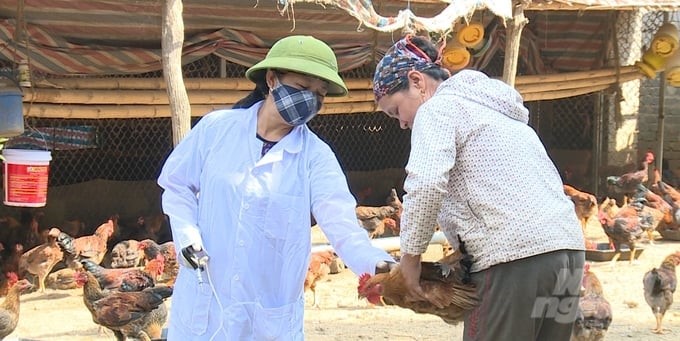
Veterinary work plays an important role and contributes to developing the livestock industry sustainably. Photo: Quoc Toan.
Guide and mobilize farmers to strengthen the application of livestock farming measures with biosafety and disease safety; instruct farmers to regularly clean and disinfect livestock facilities and the surrounding environment.
Continue to promote the construction of disease-free zones and facilities for livestock and poultry to create raw material areas for domestic consumption and export needs. Develop livestock farming towards concentrated farms, applying high technology along the value chain; continue to expand livestock production using the VietGAHP agricultural practice process; encourage the organization of closed livestock production and linkage between stages in the value chain to cut costs, increase efficiency, and add value. Strengthen the construction of disease-free facilities and zones so that businesses can develop raw material areas.
Thank you, sir!
Translated by Huyen Vu Thu
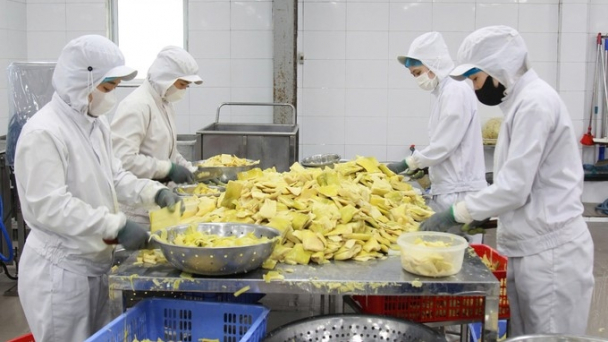
(VAN) The loyalty and close linkage between farmers and businesses in the production chain of Bat Do bamboo shoots will help protect the brand and expand the export market.
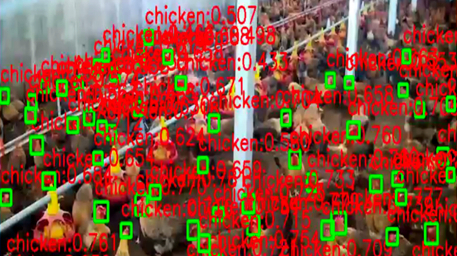
(VAN) In 2025, Xiashu Technology invested heavily in the R&D of artificial intelligence algorithms and is committed to the intelligent improvement of poultry hatching, breeding, and slaughtering.

(VAN) Mr. Johan van den Ban - CEO of De Heus Vietnam, encouraged international businesses to come to Vietnam to see firsthand the investment potential in the agricultural sector.
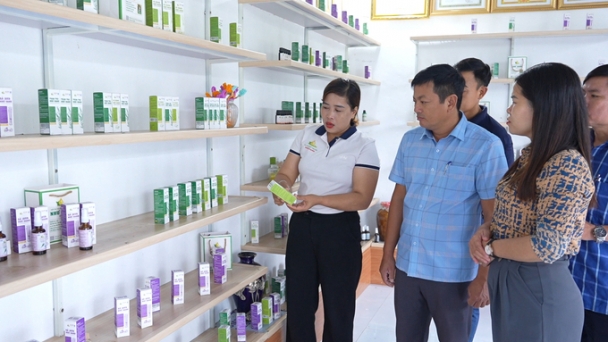
(VAN) The Nhu Oanh essential oil cooperative has expanded its medicinal plant cultivation area to 60 hectares and supplies over 300.000 seedlings annually.
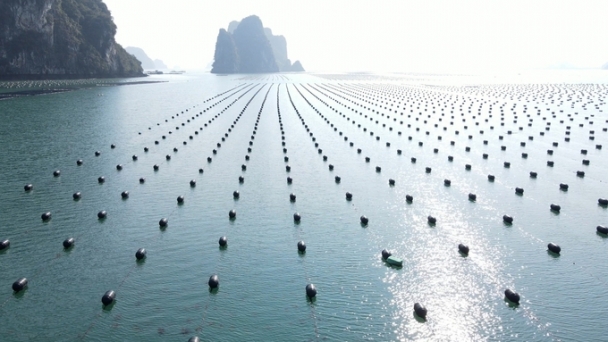
(VAN) Deputy Minister of Agriculture and Rural Development Phung Duc Tien emphasized this at the conference on ‘Development of mollusk and seaweed production’ held on the morning of December 26 in Nam Dinh.
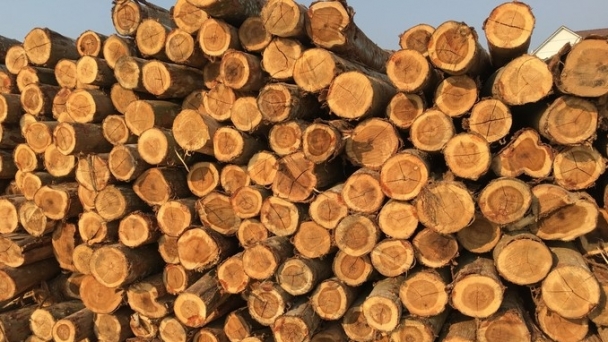
(VAN) Small planted forest timber is currently priced at 1.5 million VND/ton; large timber is priced at up to 1.8 million VND/ton; large timber with FSC certification is priced 20-30% higher than normal large timber.
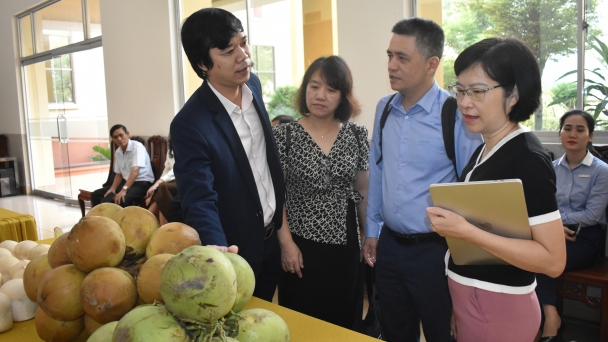
(VAN) The Vietnam Coconut Association has noted that the water coconut industry is thriving in Vietnam. Nevertheless, its development is still uneven, suggesting that there is a substantial untapped opportunity to attract foreign investors.